Chester
Whilst we waited for paint to dry on Friday we were invited by Yvette to have a look around Taylor’s Boatyard.
Taylor’s Boatyard is the only remaining traditional boat building yard of it’s kind left in Great Britain. The facilities were originally built around 1845 by the Shropshire Union Railways and Canal Company who owned the canal and a large fleet of boats. At that time the yard provided a Blacksmith’s Shop, Sawmill, Offices, a Dry Dock and Slipways. These services were added to in the late 1800s by a Travelling Crane, Flat Shed, Carpenter’s & Painter’s Shop and a canopy for the Dry Dock.
In 1921 the Shropshire Union Canal Company finished canal carrying and the yard was taken over by the London & North Western Railway a year later. Then in 1926 J.H. Taylor leased the slipways and dry dock and by the 1930s had taken over all buildings that is now known as Taylor’s Boatyard. Taylor’s thrived, building wooden boats into the 70’s when the fashion for steel hulls took over.
When we first passed on our very first cruise on NB Winding Down in 2009 the yard looked in a sorry state. Unloved, the slipway area covered in rotting boats and more sat gunnel height in the water. At that time British Waterways ran the graving dock, but this was rarely used by anyone. To hire it you had to provide railings around the site to protect the public, this cost was on top of hiring the dock. So a few locals would club together and hire it out for a several months at a time to spread the additional cost of the railings.
By 2011, we noticed someone was on site at the boatyard as things were starting to look a touch more cared for. The sunken boats had been removed and the place had a tidier look to it. Pete and Yvette had taken over the yard after lengthy negotiations with BW and have returned it to a working yard. In between the usual work of a boat yard, restoration work has been taking place on the Grade 2 Listed site.
The first job was to paint the pillars and trellis iron work over the slipways. This has been done in London and North Western Railway colours. The roof lights of the main shed needed replacing and timber of the right period was used from an old mill in Manchester.
Work rebuilding the Carpenter’s Shop and the Blacksmiths Shop are on going.
The old wooden sawmill which originally housed a steam driven circular saw bench was my favourite and has had work done to stabilise it.
Three small wooden boats sit in the main shed. Here the Shropshire Union Canal boats would be built and launched into the canal sideways on sleds of greased timber. The canal has a sort of beach on the yards side creating a short slipway. The current boats were hauled out from the canal on metal rails, this doesn’t happen often and there are a lot of boats to move when it does. Pete works on fitting boats out and a grey primed cruiser stern narrowboat sat in the water nearby.
Pete and Yvette also look after the Graving Dock and Lock and the moorings below on the Dee Branch. They bought their own fencing to surround the Graving Dock which does the job and no more. The name comes from the verb ‘to grave’ a ship’s bottom by burning off accretions and applying tar to it, ‘blacking’. It was built in the 18th Century for wide boats and was open to the elements at the time, having it’s roof added in the late 1800s. The lock down into the Dee Branch is known as a graving lock. This could also be used to grave boats for short periods of time only as it closed the navigation to the Dee. Wooden planks were inserted into slots in the side of the lock which as the lock emptied the boat would rest on so that work could be done on the hull. By the 20th century there was a sliding roof on rails that could be used to protect boats being painted . Through 2017 this lock had a lockage count of 72 one of the least used locks on the system where as Locks 2 & 3 Hillmorton were counted 9552 times, the highest lockage count.
0 locks, 0 miles, 1 interesting visit, 1 last historic working yard.

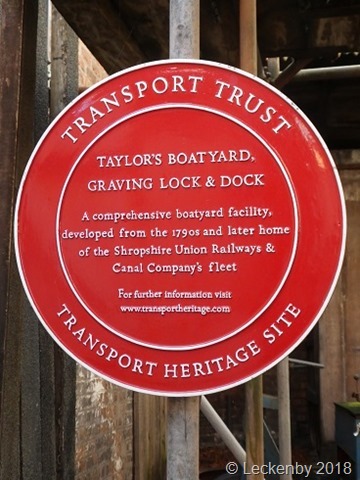

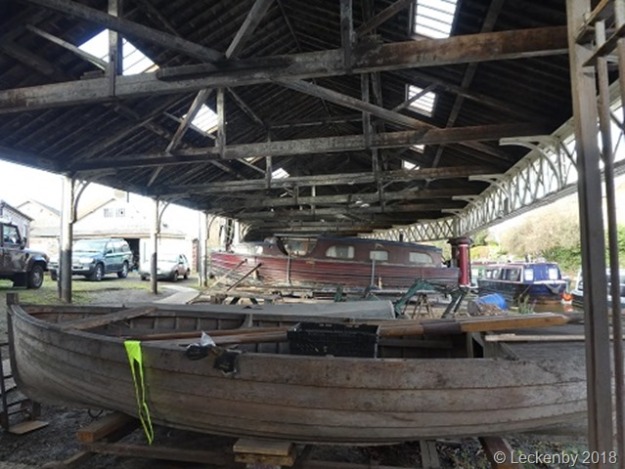
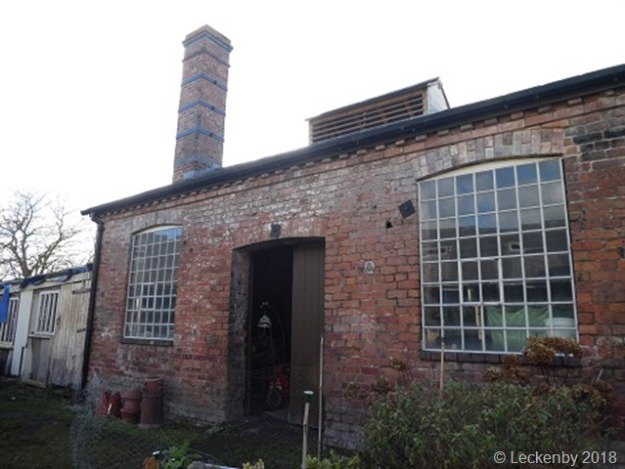
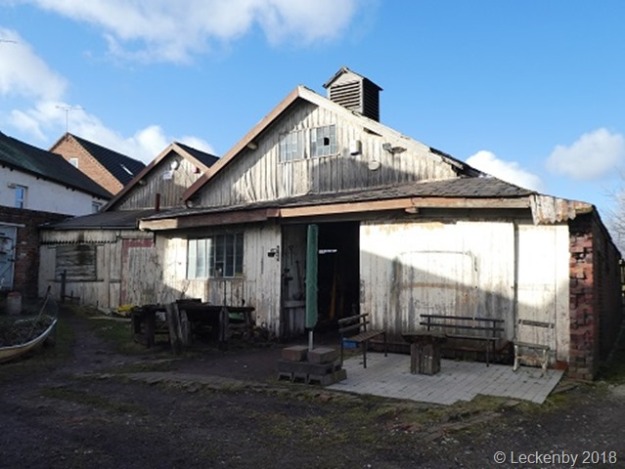
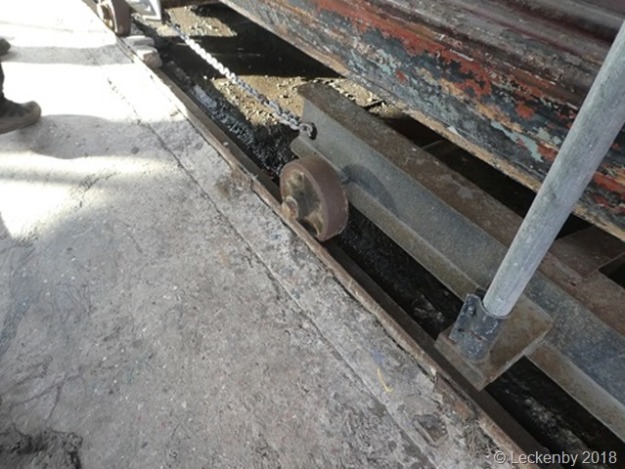
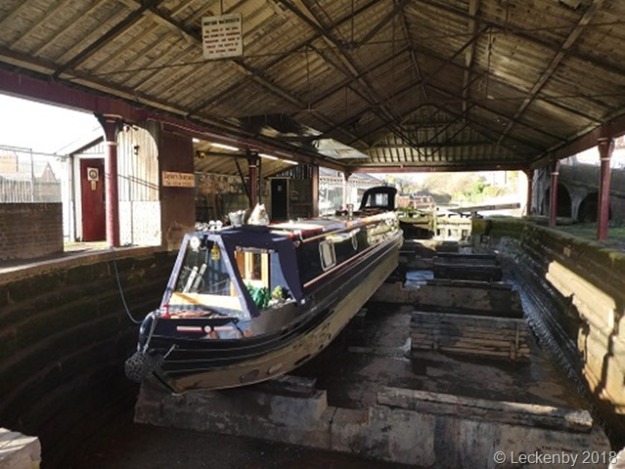
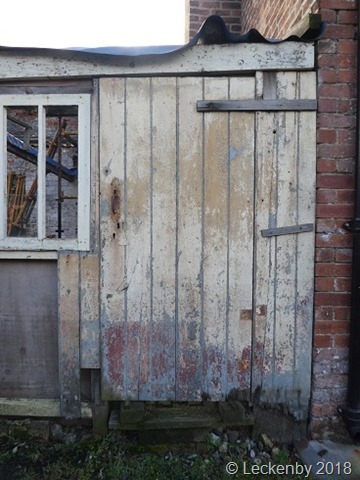
So how does this compare to Tooley's http://www.tooleysboatyard.co.uk/
Hi DaveI knew someone would mention Tooley's!I have edited my wording to be exactly how it was put on the Chester Canal Heritage Trust leaflet we were given. 'the only traditional boat building yard of it's kind left in Great Britain' Tooley's built and repaired narrowboats on the Oxford and is older having been built in the Georgian period, it is an scheduled Ancient Monument.Whereas Taylor's almost certainly worked on boadbeam boats as well as narrowboats and was built in the Victorian period.
Only since its not too far from me (oxford) I'm not sure Tooley's still builds new but in any case they both probably are well worth keeping.